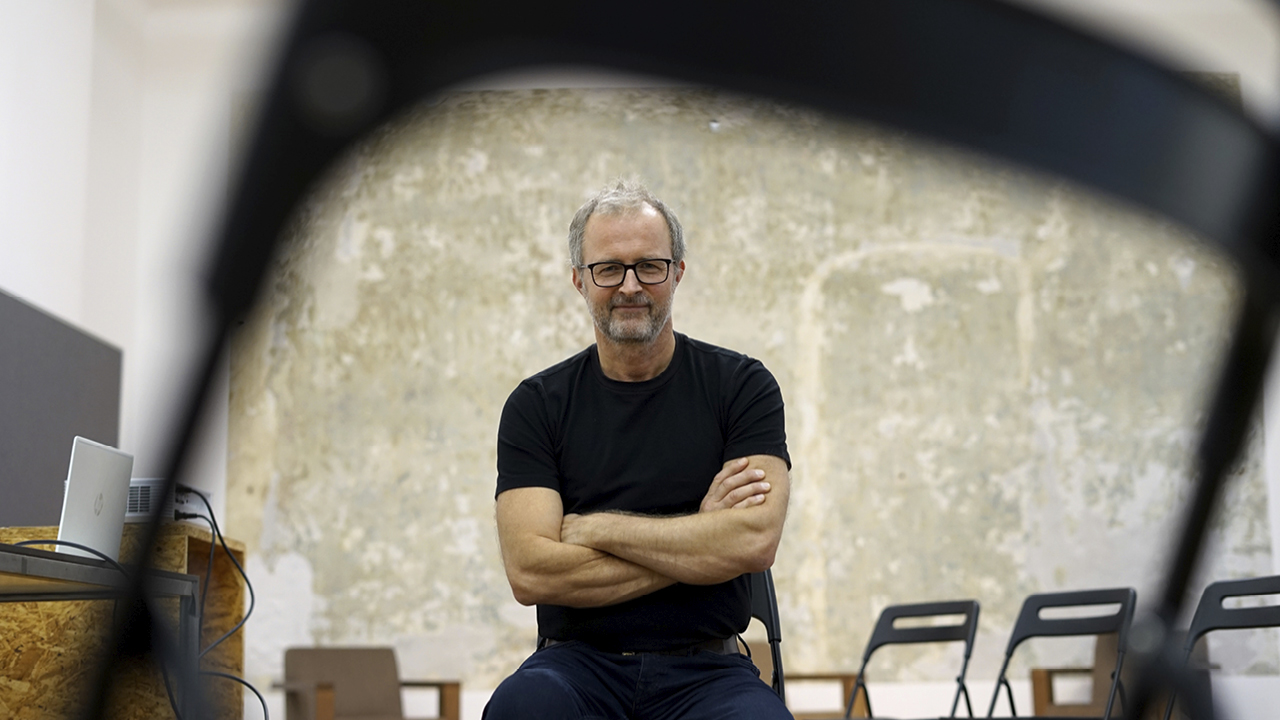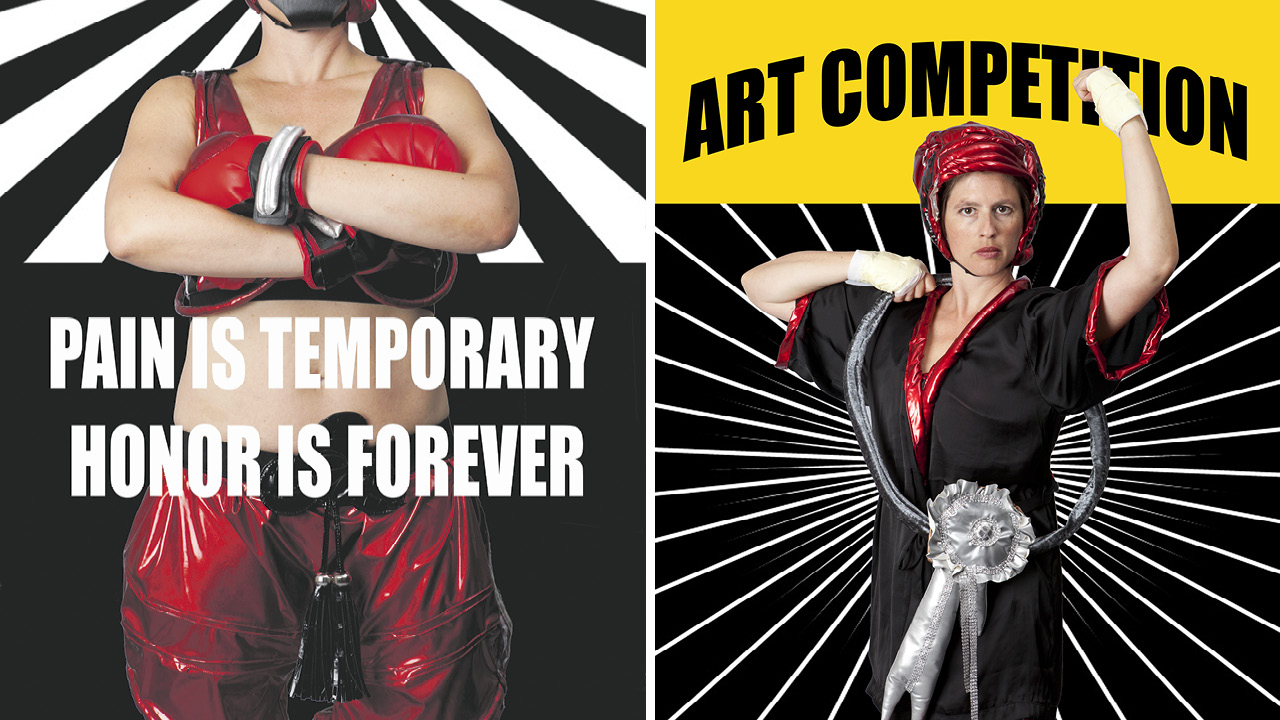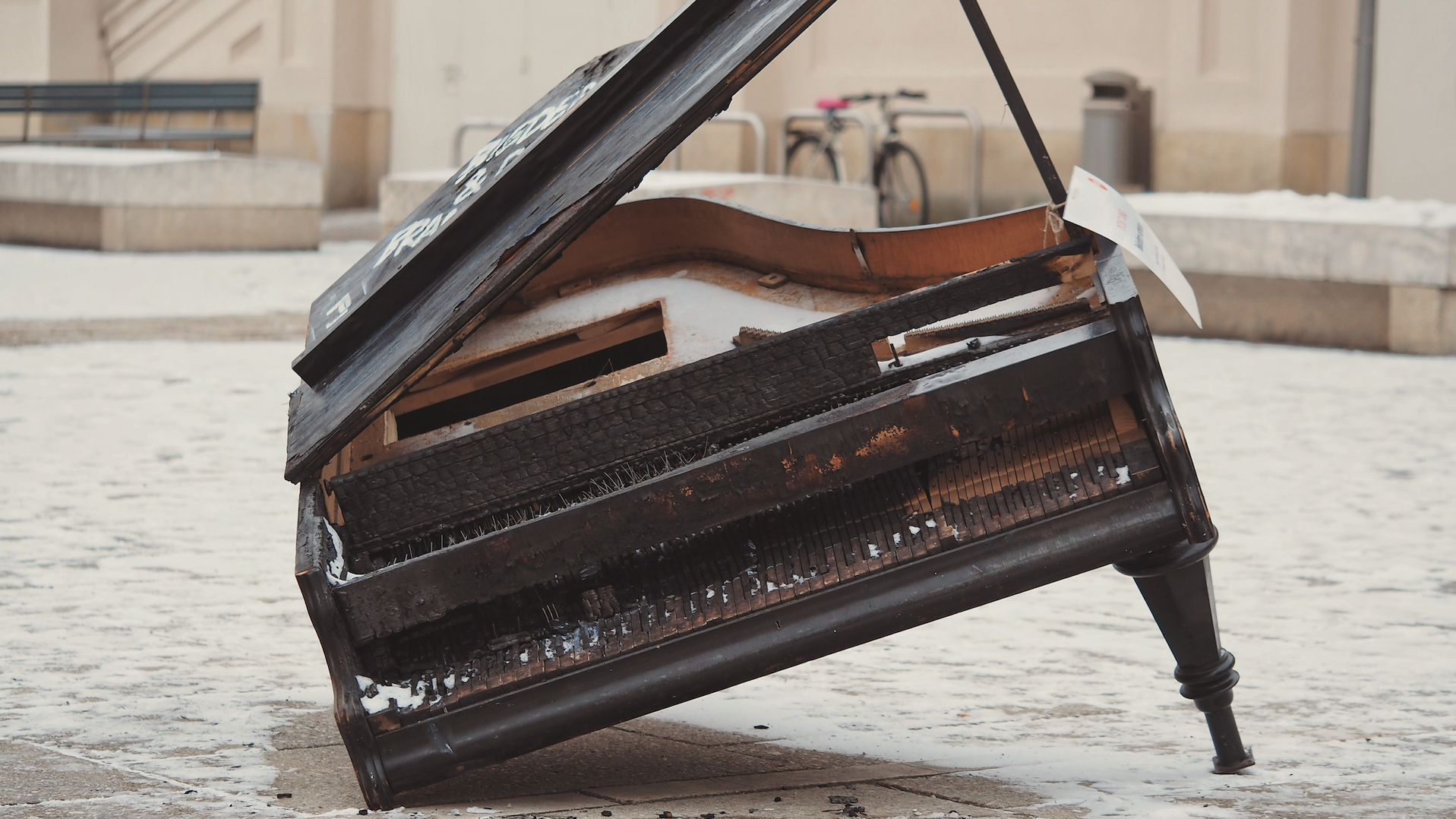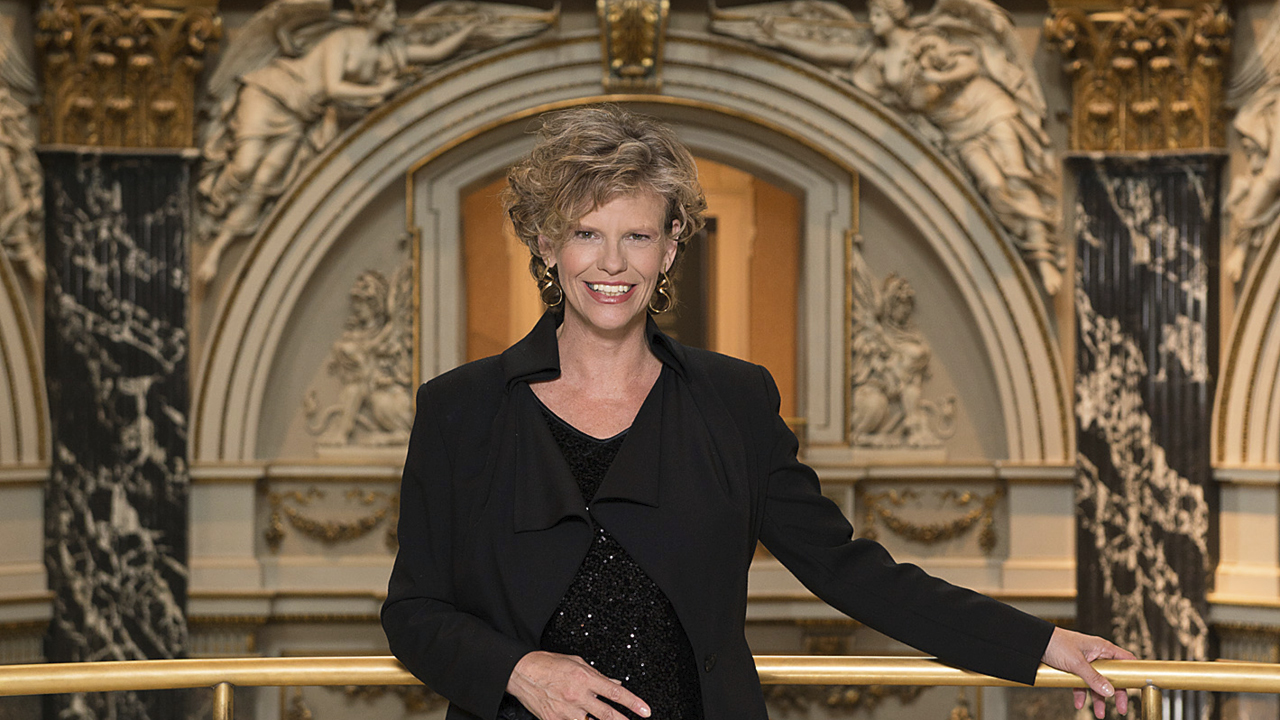Museum on the move
Palais Schönborn on Laudongasse has been home to the Austrian Museum of Folk Life and Folk Art since 1917. Now preparations are underway for the long overdue renovation of the Baroque garden residence.
Today, director Matthias Beitl has invited us to talk about his museum, its future and its role in the 8th district. Climbing a narrowspiral staircase, we are rewarded with a beautiful view of the adjacent park. The shabby chic of the conservatory, which now houses Café Hildebrandt, and the rambler roses lend the ensemble a unique charm.
Beitl is looking forward to the extensive renovation, scheduled to start in 2024 and projected to cost 25 million euros. ‘We are glad it is finally happening because the building really is in a bad state,’ he says. Having worked as a stagehand at rock concerts as a student, he is well aware of the logistic challenges involved. ‘I worked at the legendary 1994 Rolling Stones concert but my highlight was the U2 concert in Sarajevo after the Bosnian war – I was in charge of setting up the stage. It was an unforgettable experience for everyone involved. In fact, the crew recently celebrated the 25-year anniversary here in Vienna. This job definitely taught me quick problem-solving skills and a nothing-is-impossible attitude.’
But back to the present – and the future. ‘After the renovation, we want to open up even more. We want to bring our collection and the regional aspect together in a European context. We see ourselves as a museum of culture that reflects society and we want to evolve into a community museum,’ Beitl explains. ‘Everyday life and culture is a key part of our work. And we want to engage more with young people.’
‘We also take a different approach to collaborations. We want to encourage public participation in the museum and vice versa. It is crucial for us to be actively involved in events like the dotdotdot film festival and we will definitely continue to pursue this strategy. A big problem of Austrian museums is that they are very hierarchical. It is time for them as institutions to adapt to society. This is also why we like to be part of events such as the re:pair festival.’ ‘During the closure, we plan to set up a home base not far from the museum. We will use this time to work on our collections and advance our research.’
For now, though, the museum remains open, and will also be the venue of several soy-related events in 2023. Why soy? Because the story of soy’s global success actually began at the 1873 World Fair in Vienna where Japan first presented the soybean to the Western world. Incidentally, first cultivation trials were carried out in the gardens of Palais Schönborn. Energy has been the dominant issue in recent months. Two exhibitions approach it from very different points of view. ‘Oil Rush and Hutsuls Cult’ looks back on oil production at the periphery of the Habsburg empire around 1900, while ‘From Zwentendorf to CO2’ (starting on 20 January 2023) traces the beginnings of the modern environmental movement in Austria in the 1970s and 80s. Both exhibitions run until 26 March 2023.




